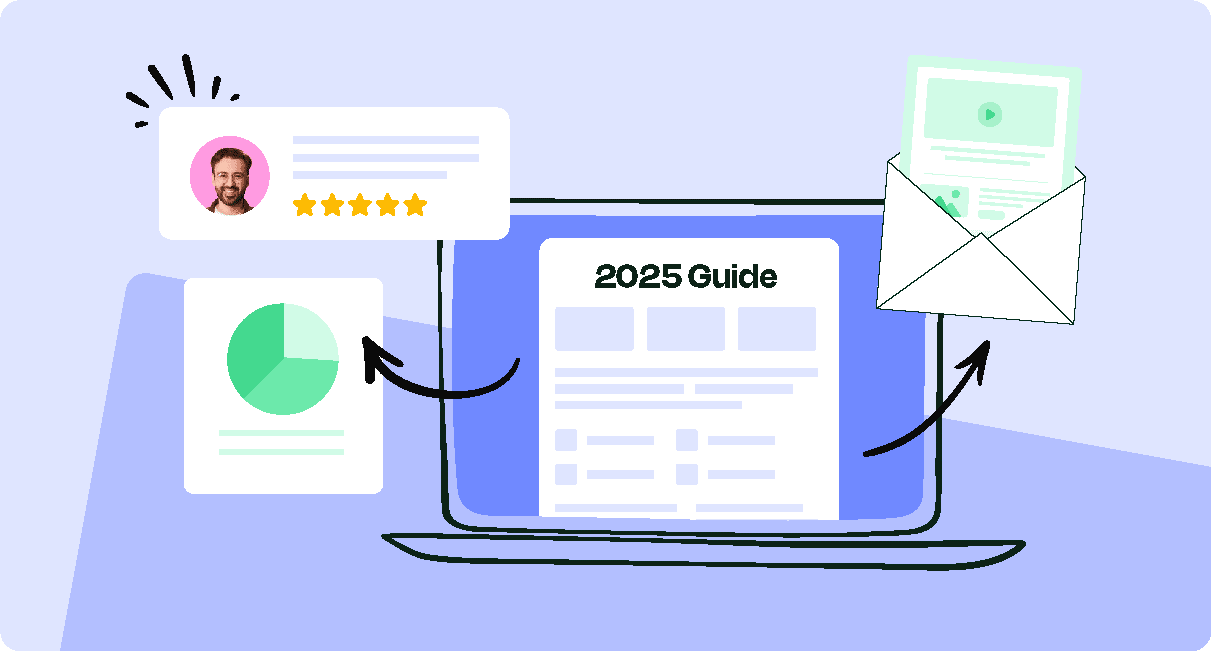Employee benefits are vital for attracting and keeping the best talent. But if your employees don’t understand their benefits package, they might not truly value them. This is where the power of clear employee benefits communication comes into play.
Employers must keep employees in the loop with their benefits package through solid communication strategies.
In this blog, we will discuss:
- The importance of employee benefits communication
- Tips and tricks for creating an employee benefits communication plan
- 10 of the most impactful ways for employers to improve employee benefits communication
Take a self-guided tour of ContactMonkey
See how our key features can streamline your internal communications.
Take product tour

Why Is Employee Benefits Communication Important?
Here are some key reasons why employers should prioritize communicating employee benefits packages:
- Boost employee satisfaction and engagement: Employees who understand and utilize their benefits tend to appreciate them more and are happier at work. Plus, good communication makes everyone feel like they’re truly heard and valued by the company.
- Help keep and attract top talent: Clear and effective communication about benefits increases employee retention. It also makes your company more appealing to potential new hires looking for a place with great benefits and open communication.
- Improve benefit plan compliance: Employers are legally obligated to inform employees about benefits, including plan updates and changes. Good communication ensures everyone knows what’s up—dodging potential legal headaches.
- Cut down on time and resources: When messages are clear, there are fewer questions for internal and external teams about benefits plans, coverage, and uses. This saves everyone time and energy—reducing the burden on HR and employees.
How to Communicate Employee Benefits
Now that you understand why employee benefits communication is important let’s explore some effective ways to communicate employee benefits to your team.
1. Create an employee benefits communication calendar
Setting up a regular schedule for communicating employee benefits ensures everyone gets the info they need at key touchpoints. Using an internal communications calendar, HR pros can avoid last-minute emails and deliver well-rounded communications.
For instance, monthly newsletters that keep employees in the loop about their benefits and can highlight particular aspects of their benefits plan. Plus, any changes or updates to benefits can be added to the employee benefits communication calendar and trickled out.
Bonus tip: Don’t forget to pencil in reminders for open enrollment periods as well.
2. Develop an employee benefits communication plan
A carefully crafted employee benefits communication plan ensures no key details are missed. This plan should include information about any scheduled changes to benefits, important deadlines for employees, costs, coverage levels, network providers, and any other available options.
For example, you can create internal communications strategies that include the following elements:
- Audience targeting to explore if/how benefits comms should be personalized (think of new employees, current employees, specific departments, and more)
- Communication channels to leverage for employee benefits communication (email, newsletter, social media, and company intranet)
- Timing for each communication and how it fits into the overall content calendar for the organization
- Key messages and benefits information to be shared with each employee audience
In addition to employee benefits, you can share complementary information such as financial wellness tips, mental health resources, and more. To keep employees engaged and informed, you should include these extras to increase the value of your communications.
3. Use multiple communication channels to share benefits information
Each employee is unique and has a preferred way of getting information. Employers can ensure they connect with everyone effectively by using a variety of internal channels like email, newsletters, social media, and even SMS/text messaging.
You might choose email for crucial benefits information and share a short-form version on your company’s internal comms messaging platform (like Slack or Teams). Also, sending SMS reminders for important dates, like enrollment periods or deadlines, helps to keep employees in the loop and shows them that you care.
If your team is distributed or fully remote, feature multiple types of internal communication channels to make it easier to reach everyone—no matter where they are.
4. Leverage technology and internal email tools to communicate employee benefits
There are tons of internal email design tools to help you communicate employee benefits more effectively. You can also look at HR platforms, employee portals, and benefits management software. These tools make it a breeze for employers to share info and give employees a one-stop shop for all their benefits needs.
Some of these tools even have bare-bones email templates and pre-set communication schedules—saving you time and energy when creating a comprehensive benefits communication plan.
For highly customizable employee benefits communications, look at multi-use internal communication tools. You can find platforms that are easy to use, cover multiple communication channels, and ensure your messages match your brand.
ContactMonkey’s email template builder can transform your simple text email into an eye-catching interactive message with:
- Customizable layouts
- Integrated comment sections
- Clickable buttons
- Embedded employee communication benefit videos
- And much more
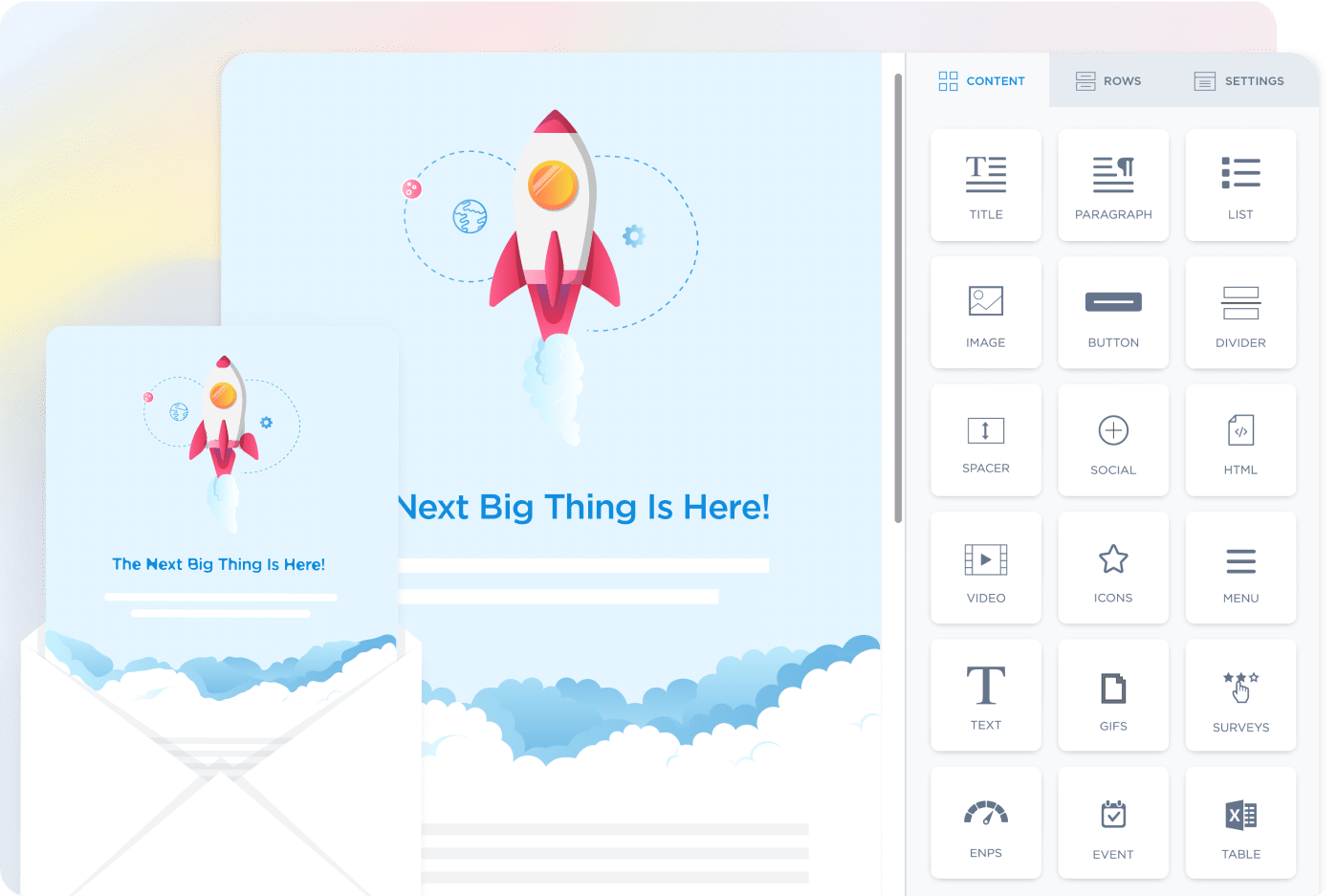
Finding creative ways to communicate employee benefits improves the effectiveness of your outreach efforts.
Get powerful send features with ContactMonkey
Create custom audiences, increase content relevancy, and improve employee email engagement.
Learn more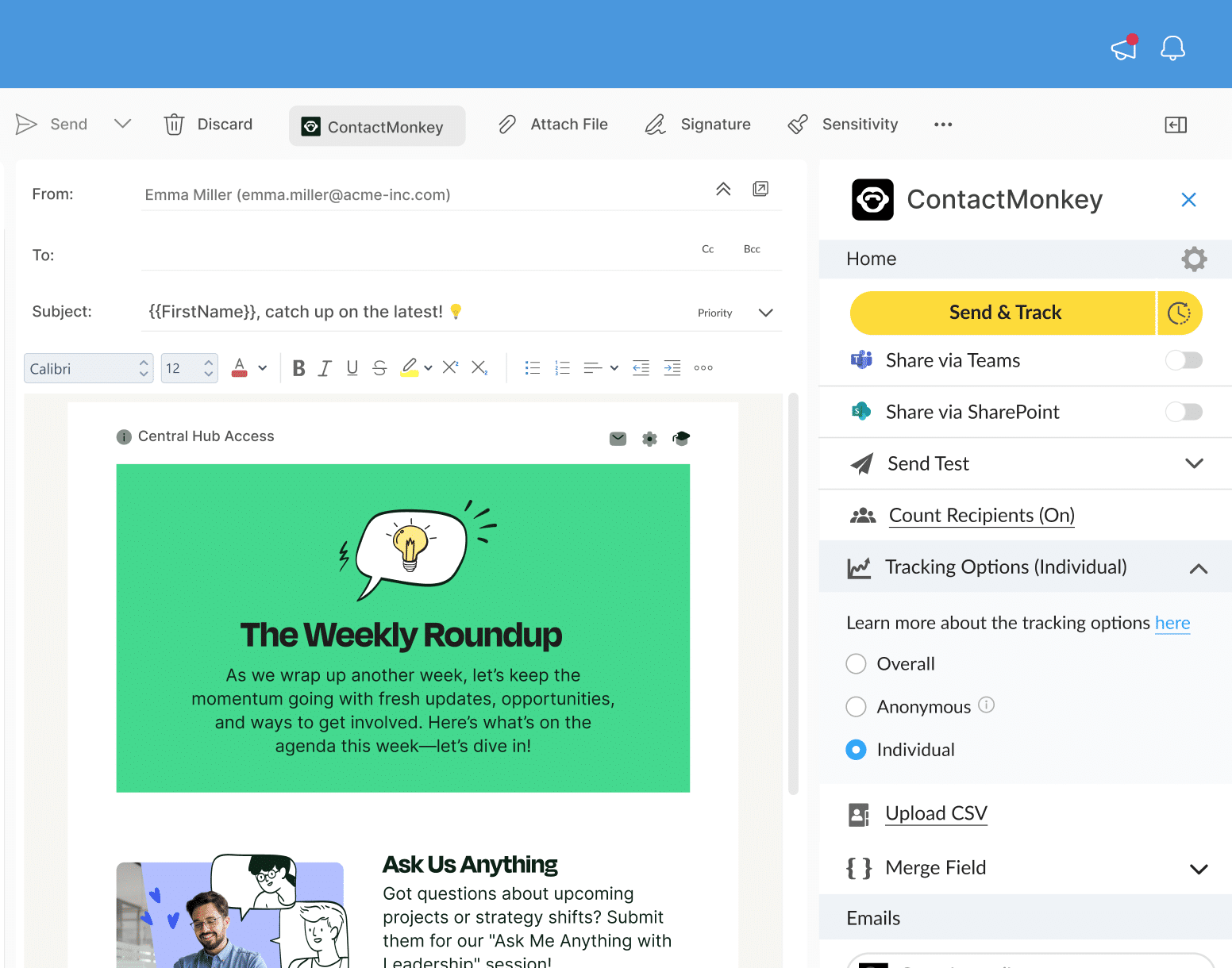
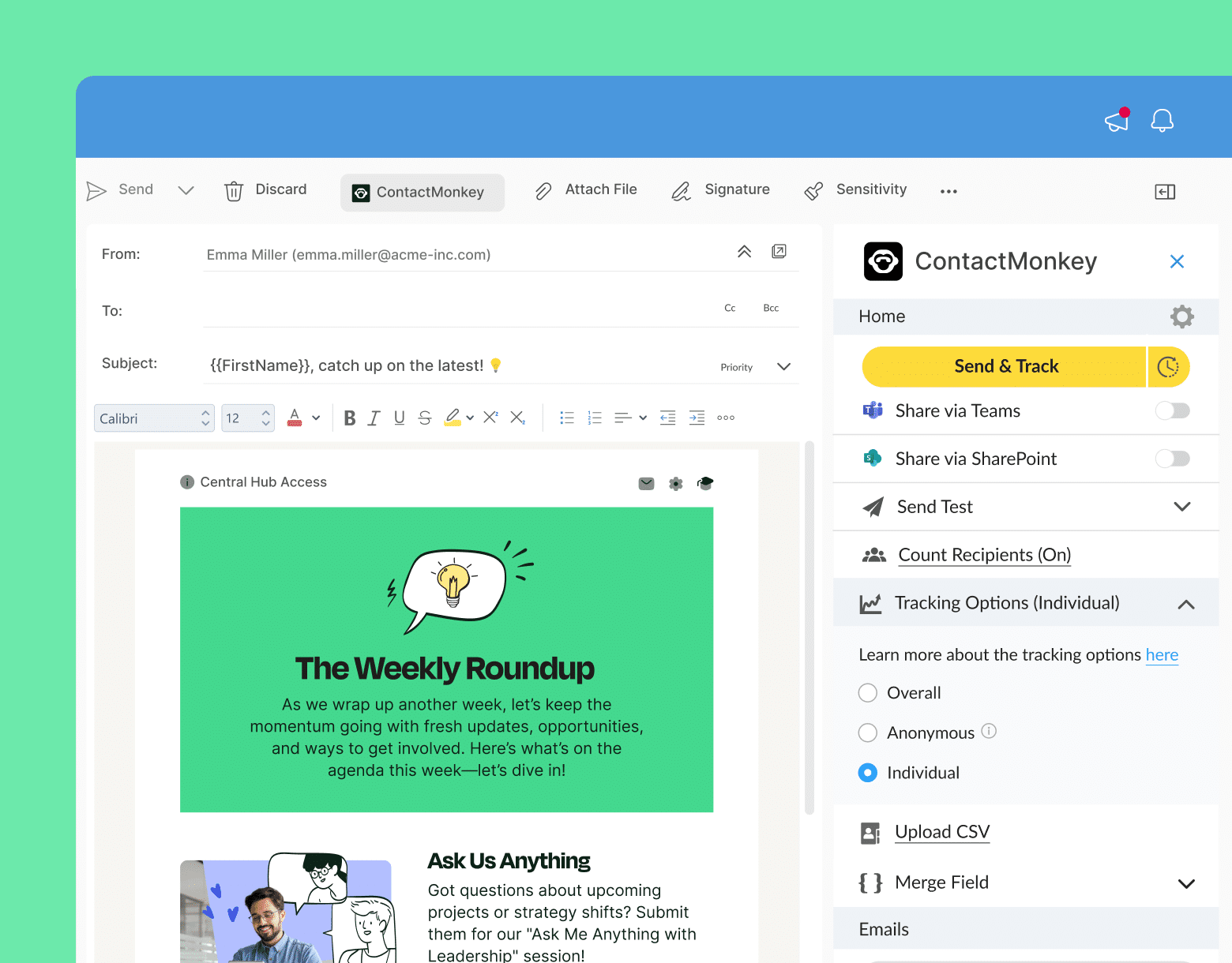
5. Offer personalized employee benefits communication
Every employee uses their benefits package differently— making it crucial to customize your benefits communications. You can achieve this through personalized email subject lines, copy-tailored newsletters, or employee group meetings.
To further personalize your benefits communications, segment your email lists by benefit plan types or eligibility. You can do this with list management. Traditionally, internal communicators depend on their IT department to create distribution lists, which is time-consuming. However, with ContactMonkey’s List Management feature, creating your own distribution lists and CSVs based on custom fields (like benefit type) is quick and effortless.
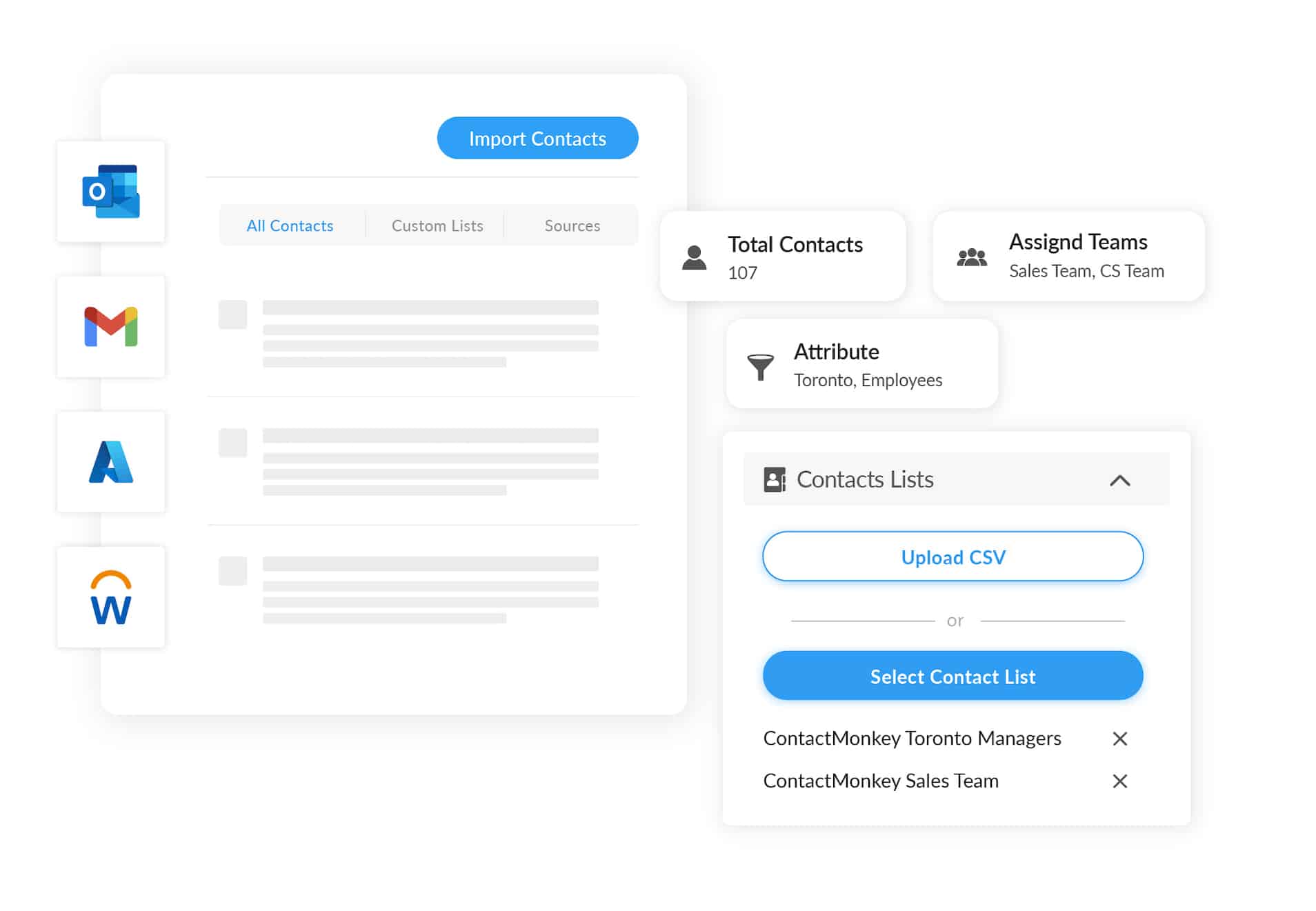
Bonus tip: Adding merge fields, like an employee’s first name, makes communication feel more personal and less ignorable!
6. Use visuals and graphics to illustrate employee benefits
Visual aids, like infographics or videos, can simplify complex benefit information—making it easier for employees to understand. These helpful resources can be distributed through different channels, such as email or social media.
Visuals are especially effective when communicating key information like benefit plan options, enrollment deadlines, or changes to current benefits plans. They can also be used as a quick reference guide for employees—making it easier for them to make informed decisions.
You might also create an infographic highlighting your company’s various benefits packages. It’s one of the internal email best practices that makes email content engaging by incorporating visuals to break up the copy. By adding compelling visuals to your newsletter, employees can absorb dense information in a more human and approachable way.
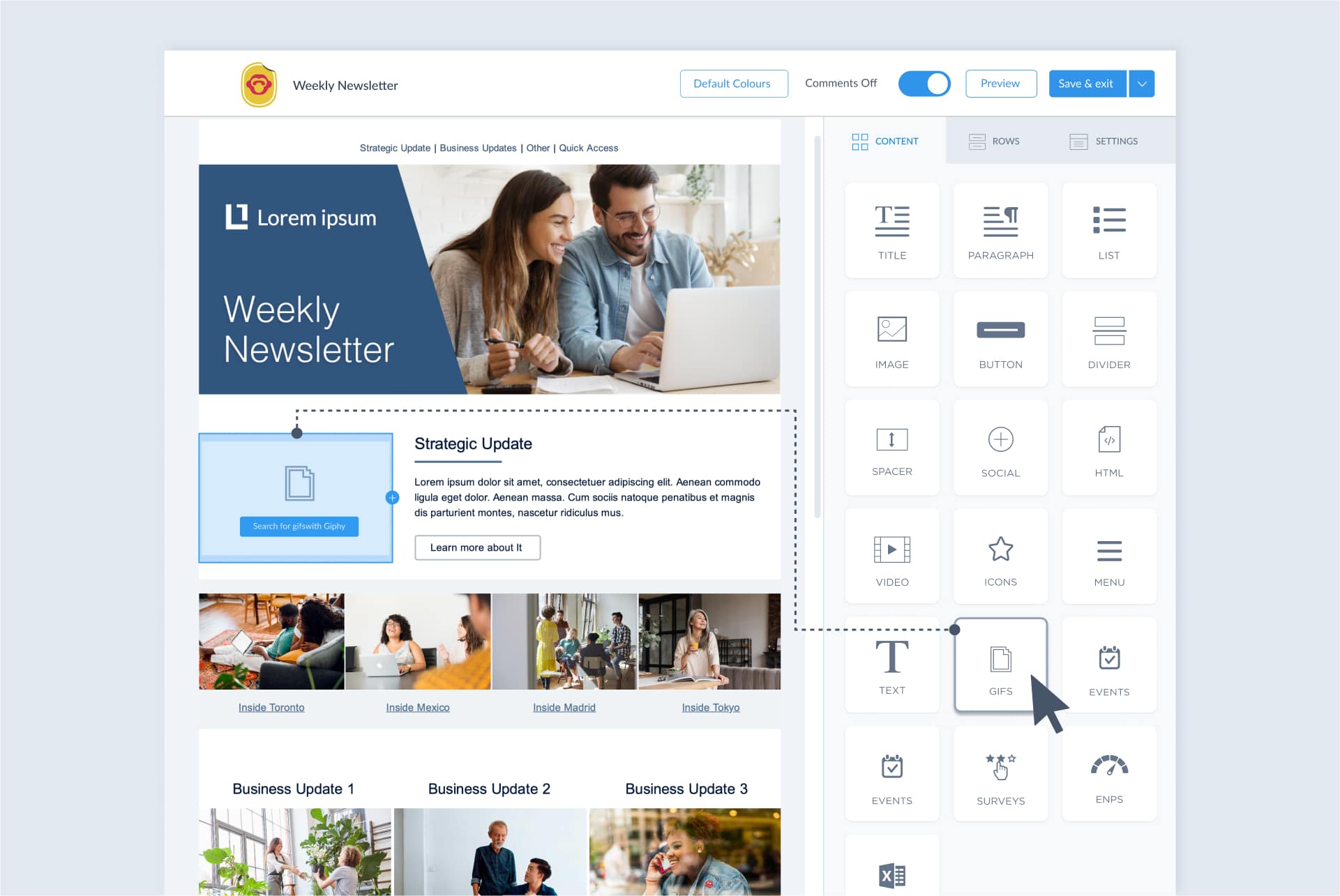
Build engaging, interactive employee emails in minutes
Build amazing emails quickly and easily using our drag-and-drop template builder. No design or technical expertise needed.
Explore email builder

7. Use open enrollment periods as a communication touchpoint
Open enrollment periods offer the perfect moment to chat about employee benefits since everyone’s already thinking about them. It’s a chance to highlight value while communicating information about the most important benefits to employees.
Consider having a kickoff event to celebrate open enrollment and encourage employees to enroll in or review their benefits. This could be an email campaign leading up to the deadline, an internal communications email dedicated to “employee benefits month,” or a live event or town hall.
Open enrollment periods also allow HR teams to gather employee feedback and suggestions about their current benefits package, offering insight into which areas need improvement or are most attractive to employees.
8. Encourage feedback on employee benefits and ask questions
Communication works best when it’s a two-way street. Employers must create an environment where employees feel comfortable giving feedback and asking about their benefits. This approach helps pinpoint areas needing a little tweaking or further explanation.
For instance, benefits plans frequently impose waiting periods, potentially limiting the extent of care an employee can access. Employees should be encouraged to submit feedback about these important aspects of their benefits. This feedback helps HR teams better understand the needs of their workforce, select the right benefits plans, and make any necessary adjustments.
Use ContactMonkey to integrate employee feedback surveys into your emails to collect employee feedback easily. With this approach, you can collect feedback from various employee groups and leverage this data to enhance internal email segmentation strategies more effectively.
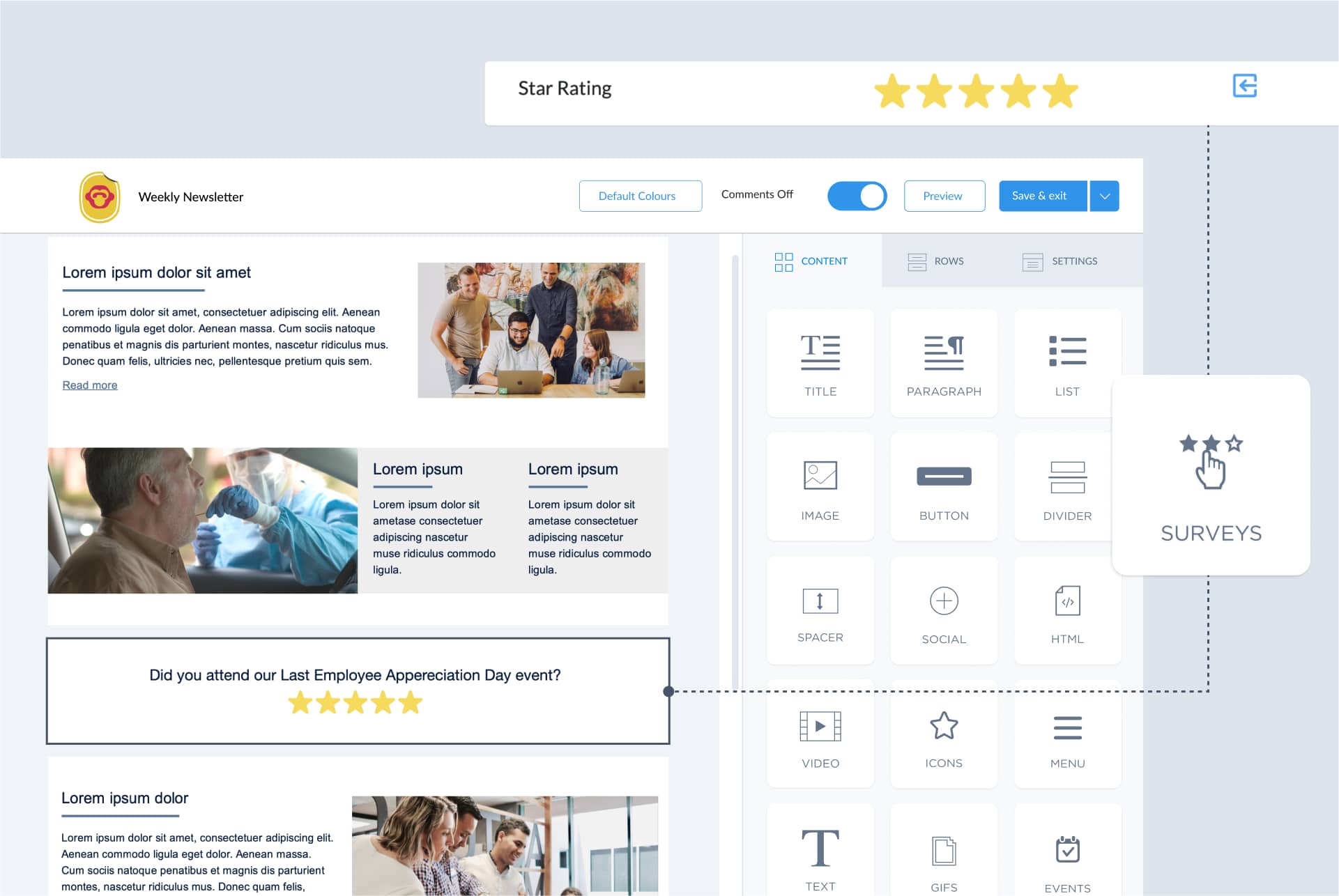
Bonus tip: Consider setting up a specific email address or a feedback form where employees can send in their questions or concerns about their benefits.
9. Showcase real-life examples to communicate employee benefits
Sharing real-life stories of employees exercising their perks helps everyone see the true value of their benefits package. You can spread these success stories across platforms like newsletters or social media. This makes it more relatable and personal for employees—showcasing how these benefits make a real difference to overall health and well-being.
Here’s an employee benefits communication sample that might work for you: share a story about an employee who used their health insurance for an expensive medical procedure, like laser eye surgery. This story could be featured on the company’s social media or in a newsletter—highlighting how valuable benefits are to employees.
These success stories recognize your employees while highlighting the company’s benefits. This can help boost employee connection and engagement—creating a positive workplace culture.
10. Make employee benefits communication a continuous effort
Employers must keep the conversation going and update employees about their benefits all year round, not just when it’s time to enroll. This can help employees stay informed and make necessary changes to their benefits as their needs evolve.
Send out regular updates about any changes to benefits or remind employees of important deadlines. You could also create a dedicated space on your company’s intranet or website where employees can access all the information they need about their benefits anytime.
Consider sending monthly or quarterly internal company newsletters with the latest benefits updates and other vital info. Posting regular reminders or helpful tips via messaging channels is also a great way to keep everyone informed and engaged.
Best Practices for Communicating Employee Benefits
However you choose to communicate with your employees about their benefits, we have some tips to ensure a successful and effective communication strategy:
- Use simple and clear language: Avoid industry jargon or complex terminology that might confuse employees. Keep the message straightforward and easy to understand.
- Provide multiple channels for communication: Not all employees may respond to the same type of communication, so offer various options such as email, in-person sessions, and SMS content.
- Be consistent: Ensure all information is accurate and consistent across all communication channels to avoid employee confusion.
- Encourage personalized conversations: Allow opportunities for employees to ask questions and have one-on-one discussions about their benefits with HR professionals.
- Utilize visual aids: Consider using graphics, videos, or charts to help employees engage with dense benefits information.
- Be transparent: Keep employees informed about any changes or updates to their benefits, even if they are not directly impacted. This promotes transparency and trust within the company.
Improve Your Employee Benefits Communication Strategy
Using these strategies and best practices, you’ll communicate employee benefits to employees in a fruitful and interactive way. This will lead to a more informed and engaged workforce. Open and transparent communication is crucial for fostering a positive relationship and highlighting the value of employee benefits.
Try using tools such as ContactMonkey’s internal communications software to make your communication efforts smoother (and sleeker). Reach every employee, no matter where they are or their role, with personalized, helpful benefits communications.
Ready to try out these 10 ways to communicate your employee benefits and increase employee satisfaction today? Book a free demo of ContactMonkey to take your internal communications to the next level!


